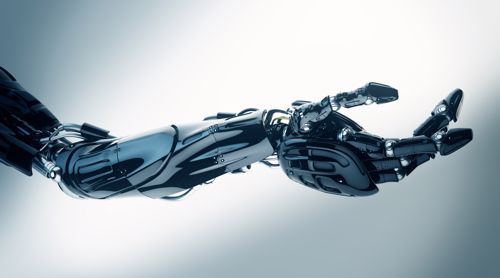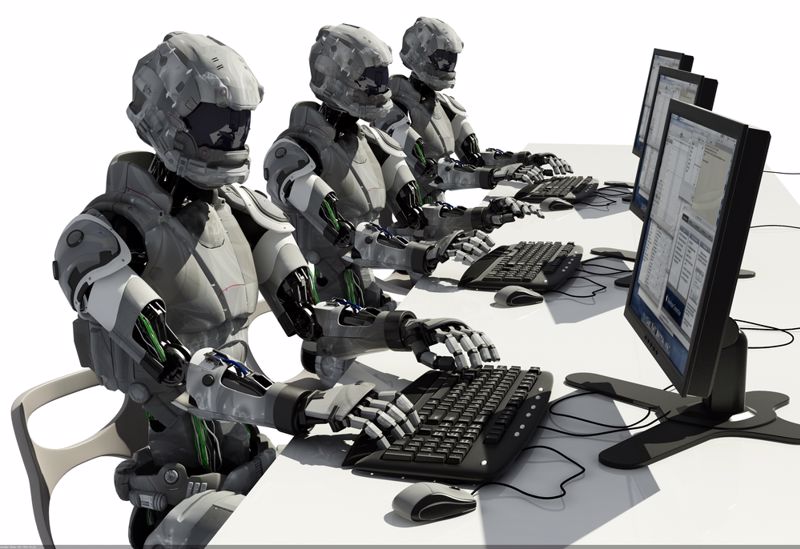
Robots in the classroom
By Max BurkhalterApril 22, 2022
Artificial intelligence (AI)-powered, English-speaking teacher robots have been tested in Japan as part of a pilot project designed to bolster the language proficiency of students.
As reported by the South China Morning Post, the Japanese education ministry first planned a pilot program in 2018 designed to improve students' weak written and oral English skills in 500 classrooms across the nation.
With the internet of things (IoT) technology enabling device connectivity in unprecedented ways, machine learning (ML) and AI-powered robots are inching closer and closer to becoming a classroom presence.
More than a substitute
A 2019 study published by Developments in eSystems Engineering (DeSE) examined the effects of an English-teaching, humanoid robot assistant in preschool classrooms. The project analyzed human-robot interaction (HRI) through three different verticals: robot-centered, human-centered and human-cognitive.
RobotisDARwin OP2 is the name of the Intel Atom N2600 @1.6GHz dual-core processor-powered mini-robot tasked with assisting in the facilitation of student curriculum. Robotis OP2 is able to play audio, deduce calculations of medium complexity and interact with the internet.
The robot-assisted learning (RAL) assignment placed the foot-tall machine on a table in the center of a classroom in order to hold students' attention while performing fully-automated educational tasks. Statistics from the five English classes showcased the adoption of correct interaction scenarios for the participating children, with active participation in the study process.
As reported by the IOP Conference Series: Earth and Environmental Science, a similar study occurred in Toda City, Saitama, Japan in 2019. The Toda Board of Education partnered with Softbank Commerce and Service Co., Ltd. to introduce robots to provide English lessons for junior and high school students. The initiative built upon the 2017 success of an AI-powered robot named Musio who had worked with fifth-graders at Toda Dani Elementary School to teach English.

Future applications
British education expert Anthony Seldon believes robots are the future of education. As reported by The British Council, Seldon estimates that some teachers will be composed of non-organic materials by as early as 2027. Smart robots possessing the ability to read students' faces, movements and potentially brain signals will utilize ML algorithms to effectively adapt curriculums mid-delivery.
While some experts believe that only humans can accurately emote in real-time, Seldon champions the processing capabilities of today's robotics, deeming them as likely comparable to human empathy in just a few years time.
Perle powers future tech
Perle Systems proudly partners with leaders in educational innovation by providing device networking, media conversion and IoT connectivity solutions. To learn more about how Perle tech is aiding network-enabled classroom equipment, visit our educational solutions page.



